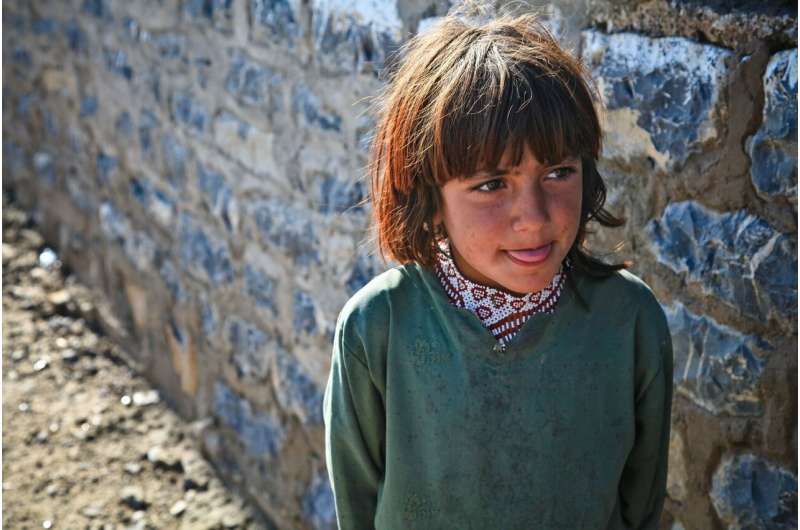How child poverty leads to a lesser life

Poverty and disadvantage put young Australians on the road to a less fulfilling life and schools could play a critical role in breaking the cycle, a new study led by Flinders University says.
However, the study of more than 3,500 Australian 13–14 year olds confirms their experience of social exclusion at school, in terms of engagement, teacher support and bullying victimization.
"The risk factors for social exclusion at school are worse for young adolescents who live in low income households or who experience poverty," says Flinders University sociologist Professor Gerry Redmond.
"Adolescents who live with a disability, care for a family member, speak a language other than English at home, or identify as Indigenous are all more likely than other adolescents to be living in poverty.
"Feedback from marginalized young people in the study shows how the experience of disadvantage and exclusion affects their life satisfaction, which is a predictive indicator of wellbeing and mental health in adulthood," he says.
With prospects for Australian children living in low income households relatively unchanged this century, the study aims to reignite the debate calling for sweeping reform and stronger economic, social, cultural and political policymaking to focus on a better future for all young people.
"If schools don't have the resources and systems to counter or fully address the needs of marginalized young people, then there's clearly the need for wider reforms and actions to support these young people's situation."
Children living in rural and remote communities, have difficulty with learning or live in out-of-home care also face similar prospects for marginalization at school.
The last time the Australian Government pledged to address child poverty in 1987, child poverty rates fell significantly; however rates of child poverty have not fallen significantly since, and Australia remains mid-table in the OECD child poverty rankings.
Australian and international co-authors of the new study, just published in the Journal of Social Policy, say the weakness in school systems—particularly in rich countries—is the handing back of responsibility to the family and student.
Diana Harris, acting CEO of the Australian Research Alliance for Children and Youth (ARACY), says the study highlights the "systemic forces in play" which continue to lead to the marginalization of low income, children managing disabilities or chronic disease, and those from an Aboriginal or culturally diverse background.
"This characterization of exclusion as failings of a young person's own level of 'grit' or resilience, or the behavior of a school bully who needs to learn empathy, fails to recognize the systemic forces in play," Ms. Harris says.
"These aren't things that a school can fix with an anti-bullying policy or a buddy bench, and they have real-world, long-term effects on a young person's life and future."
The researchers conclude that, in general, Australia's weak social investment policies are failing to make a difference because they focus mainly on individual responsibility or 'self-reliance," with limited efforts to reduce inequality in educational outcomes through focusing on bigger inequities both within and outside the education system.
"There is no reason why poverty should be associated with experiences of exclusion at school," Professor Redmond says. "Yet the evidence we have gathered suggests that this is what happens in Australian schools."
More information: Gerry Redmond et al, Who excludes? Young People's Experience of Social Exclusion, Journal of Social Policy (2022). DOI: 10.1017/S0047279422000046
Provided by Flinders University




















